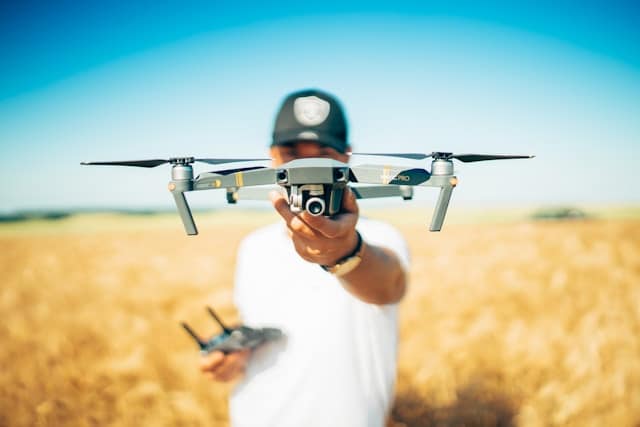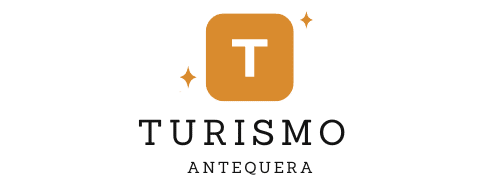What Role Do Drones Play in Enhancing Agricultural Productivity and Sustainability?

Farmers worldwide are increasingly turning to drone technology to boost their agricultural productivity and promote sustainable farming practices. This shift towards precision agriculture is transforming the global farming scenario. Today, let’s delve deeper into this fascinating subject and explore the role of drones in agriculture.
Drones: The New Farmers’ Friend
Welcome to the future of farming, where drones are becoming the farmers’ new best friends. The drone technology, initially used mainly by the military, has now found its place in agriculture. Drones are unmanned aerial vehicles that can be remotely controlled or flown autonomously. They are equipped with high-resolution cameras, GPS, thermal sensors, and data analysis tools. These features make drones highly effective for various agricultural tasks, like crop monitoring, crop health assessment, irrigation management, and pest control.
Avez-vous vu cela : The benefits of deploying llm on premise for your business
Farmers have quickly realized the advantages of using drones over conventional methods. With drones, farmers can monitor their fields in real-time, helping them make informed decisions about irrigation, fertilization, and pest control. Drones can cover large areas much faster than humans, saving precious time and resources. Moreover, drones can collect a massive amount of data, which can be analyzed to enhance crop yield, reduce wastage, and increase overall farm efficiency.
Precision Agriculture: Maximizing Crop Yield and Minimizing Wastage
With a growing global population and limited arable land, it’s imperative to maximize crop yield while minimizing wastage. Here’s where precision agriculture steps in, with drones playing a crucial role. Precision agriculture is a farming management concept based on observing and responding to intra-field variations. Using drones in precision agriculture is all about making farming more accurate and controlled.
Avez-vous vu cela : How can I use a chatbot to learn a new language ?
Drones equipped with high-resolution cameras and sensors can capture detailed images of the fields. This information can be used to create precision farming maps, which can guide farmers about where to water, fertilize, or apply pesticides. This can significantly reduce the amount of water, fertilizer, and pesticides used, making farming more sustainable and environmentally friendly.
Crop Health Monitoring: Early Detection for a Healthy Harvest
One of the most significant benefits of drones in agriculture is the ability to monitor crop health accurately and efficiently. Early detection of any disease or pest infestation can make a huge difference in the quality of the crop harvest. Given their ability to fly close to the ground and capture high-definition images, drones can detect problems that might be missed by the naked eye.
Drones equipped with thermal or multispectral sensors can even identify unhealthy plants that aren’t visible to the human eye. This data can help farmers take corrective measures promptly, reducing crop loss and ensuring a healthy harvest. In short, drones can significantly contribute to crop health management.
Sustainable Farming: Reducing Environmental Impact
The agricultural sector is often criticized for its environmental impact, primarily due to excessive use of water, fertilizers, and pesticides. However, drone technology can help mitigate this. By using drones, farmers can apply inputs like water and fertilizers more efficiently and precisely, reducing wastage and environmental contamination.
Drones can also help in maintaining soil health. By providing detailed soil analysis, drones can aid farmers in crop rotation strategies, maintaining soil nutrient levels, and preventing soil degradation. This way, drones not only help in promoting sustainable farming but also contribute to the global challenge of soil health management.
Drones and The Future of Farming
Looking at the current trends, it’s clear that drones will play an even more prominent role in the future of farming. As drone technology continues to evolve, it will offer even more advanced features and capabilities.
The future may see drones equipped with artificial intelligence for more accurate and automated decision-making. They may also be able to perform more complex tasks like targeted spraying, automated seeding, and even harvesting. Who knows, we might even see drone swarms, where a group of drones work together to perform tasks more efficiently and quickly.
In a nutshell, drones are revolutionizing agriculture by providing farmers with detailed and timely data, enhancing productivity, promoting sustainable practices, and paving the way for the future of farming. And while we may not know exactly what the future holds, it’s clear that drones will be a significant part of it.
The Role of Drones in Irrigation and Pest Management
Irrigation and pest management are two critical components of successful farming. With the advent of drones, both these aspects of agriculture have seen significant improvements. Drones, equipped with advanced sensors and imaging capabilities, effectively manage these two areas, conserving resources and ensuring better crop health.
Drones facilitate precision irrigation, allowing farmers to water their crops optimally and efficiently. They use thermal sensors to detect variations in ground temperature, which often indicates the moisture level of the soil. By identifying areas that require more water, farmers can target specific sections of the field, reducing water waste and promoting better crop growth.
In terms of pest management, drones are a game-changer. They can easily identify areas of crop infestation, thanks to high-definition cameras and multispectral imagers that can detect pests even before they become visible to the naked eye. Once an infestation is identified, farmers can target those specific areas with pesticides, minimizing their usage and impact on the environment. Some advanced drones can even spray the pesticides, making the process more efficient and precise.
Moreover, drones can capture and analyze data over time, providing farmers with valuable insights about pest patterns and effective management strategies. This integration of technology in irrigation and pest management not only boosts agricultural productivity but also promotes sustainability by saving resources and reducing environmental harm.
Conclusion: The Implications of Drone Technology in Agriculture
To conclude, the role of drones in enhancing agricultural productivity and sustainability is truly transformative. From enabling precision agriculture to facilitating optimal irrigation, efficient pest management, and comprehensive crop health monitoring, drones have made farming more precise, efficient, and sustainable.
Drones have brought about a significant shift in the way agricultural tasks are performed. They have not only made these tasks easier and quicker but also more accurate and environmentally friendly. With their ability to capture and analyze vast amounts of data, drones have empowered farmers with actionable insights, leading to better decision-making and higher crop yields.
Looking forward, the implications of drone technology in agriculture are vast. As drones become more advanced and affordable, they could become an integral part of every farm, regardless of size or location. Drone technology has the potential to address some of the biggest challenges in agriculture, including resource conservation, climate change adaptation, and food security.
While the full potential of drones in agriculture is yet to be completely explored, one thing is certain: drones are not just the future of farming; they are the present. The integration of drones in agriculture is a testament to the endless possibilities that technology offers, promising a future of farming that is productive, sustainable, and resilient.
